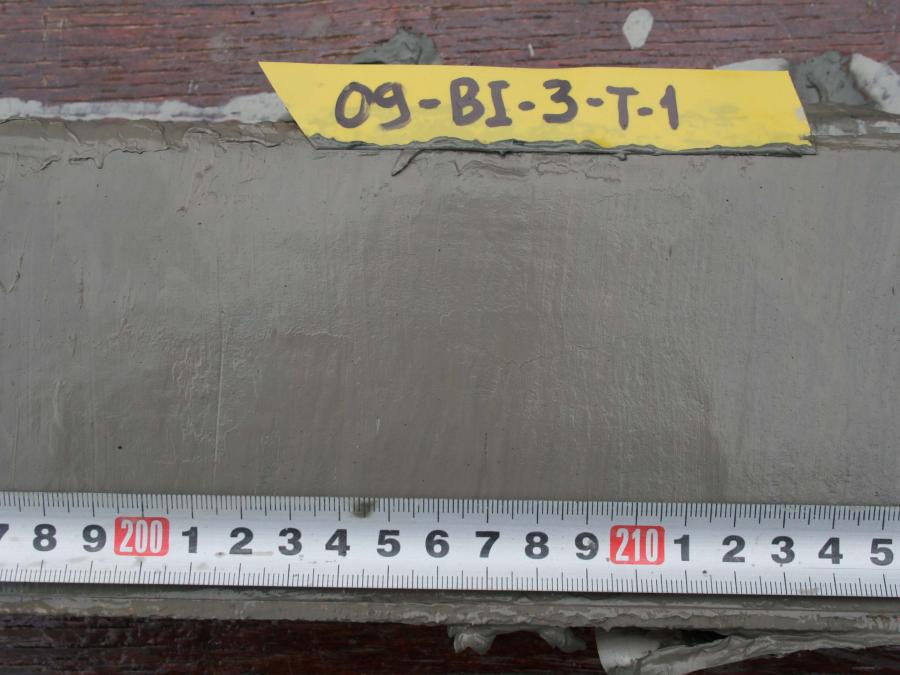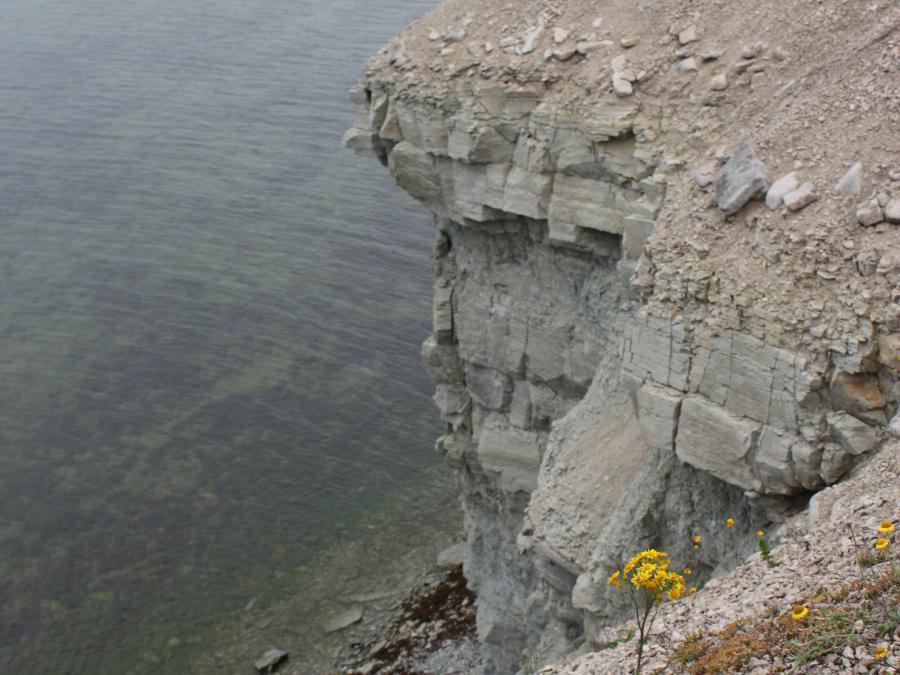Sanasto (englanti)
Some of the interface text in Estonian and Finnish is machine-translated
| Termi englanti | Termi venäjäksi | Termi viron kielellä | Termi suomeksi | Termin merkitys | Valokuva |
|---|---|---|---|---|---|
| Chaetognaths | Щетинкочелюстные или морские стрелки | Harjaslõugsed | Nuolimadot | Chaeognaths are marine worm-like invertebrate predators. Also known as arrow worms. |
|
| Charophytes or Stoneworths | Харовые водоросли – (харофиты, лучицы, (Charophyta)) | Mändvetikad | Näkinpartaislevät | A division of macroalgae containing one order, the Charales. These are macroscopic plants often found growing in freshwater ponds attached to the bottom by rhizoids. They have a distinct main axis with whorls of branches arising from the nodes and superficially resemble certain higher plants. The thallus often becomes encrusted with calcium carbonate, hence the vernacular name. Sexual reproduction is oogamous. |
|
| Chicks | Выводковые птенцы | Linnupojad (tibud) | Linnunpoikanen | Hatch from eggs fully formed, covered with fuzz and able to find food. They leave the nest almost immediately but can follow their parents still for a long time. |

|
| Circalittoral | Цирклиторальный | Tsirkalitoraal | Circalittoral | Subtidal zone defined by EUNIS on the bases of light penetration and presence / absence of red algae. The circalittoral zone can be split into two subzones; upper circalittoral(foliose red algae present but not dominant) and lower circalittoral (foliose red algaeabsent). The exact depth at which the circalittoral zone begins is directly dependent on theintensity of light reaching the seabed, and hence is dependent on turbidity. |
|
| Clay | Глины | Savi | Savi | A naturally occurring material composed primarily of fine-grained minerals. It is generally plastic at appropriate water contents and will harden when dried or fired (Guggenheim and Martin, 1995). As a size term, different disciplines use different boundaries, but most place the boundary between silt and clay at either 2 or 4 micrometers. Finns use the boundary of 0.002mm and Russians 0.005 mm. |

|
| Cliff | Клиф | Pank | Törmä, kalliotörmä | A vertical or near-vertical rock exposure; a tall steep rock face. See also Escarpment. |

|
| Climate change | Изменение климата | Kliimamuutus | Ilmastonmuutos | A long-term change in the Earth’s climate, or of a region on Earth. See also Global warming. |
|
| Coast line | Береговая линия | Rannajoon | Rantaviiva | Long-time average annual shoreline position, border, along which the water surface intersects the land or a middle position between the sea and the land during the period. |
|
| Coast type | Тип берега | Rannikutüüp | Rantatyyppi | Defined in geomorphology as a combination of modern coastal landforms, having similar appearance, structure, age, origin, and regularly repeated at a certain extent. |
|
| Coastal marine zone (CMZ; Continental shelf, continental margin, coastal ocean and coastal zone) | Прибрежная морская зона (ПМЗ, континентальный шельф, континентальная окраина, прибрежная часть Мирового океана) | Rannikuala | Rannikko | Coastal zones are continually changing because of the dynamic interaction between oceans and land. Waves and winds along the coast are both eroding rock and depositing sediment on a continuous basis, and rates of erosion and deposition vary considerably from day to day along such zones. The continental shelf is the area extending from the coast to the shelf break, which is usually defined by the 200 meter depth isobath. The continental margin is the transition zone between the continental crust and the oceanic crust, including the coastal plain, continental shelf, slope and rise. The coastal ocean is the portion of the global ocean where physical, biological and biogeochemical processes are directly affected by land. It is either defined as the part of the global ocean covering the continental shelf or the continental margin. The coastal zone usually includes the coastal ocean as well as the portion of the land adjacent to the coast that influences coastal waters. |
